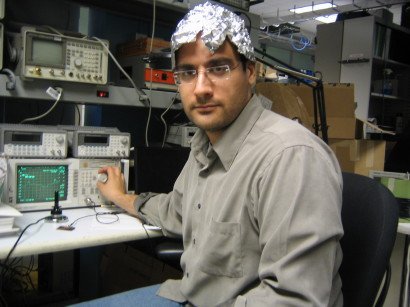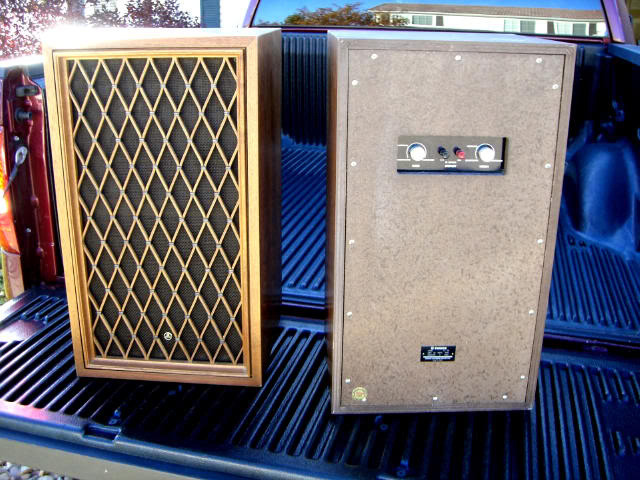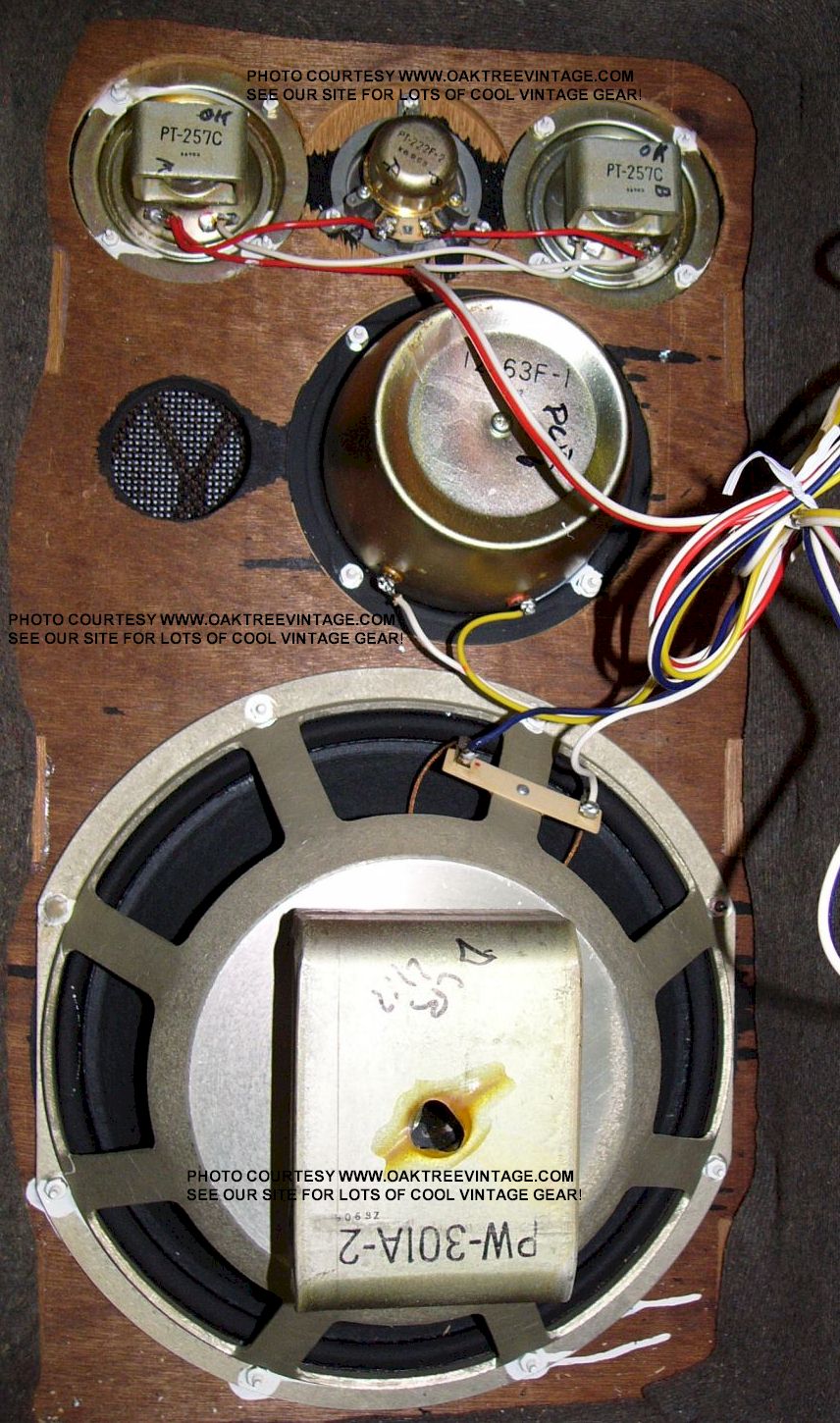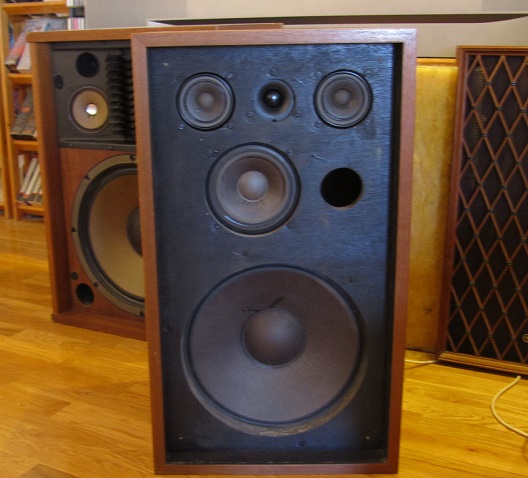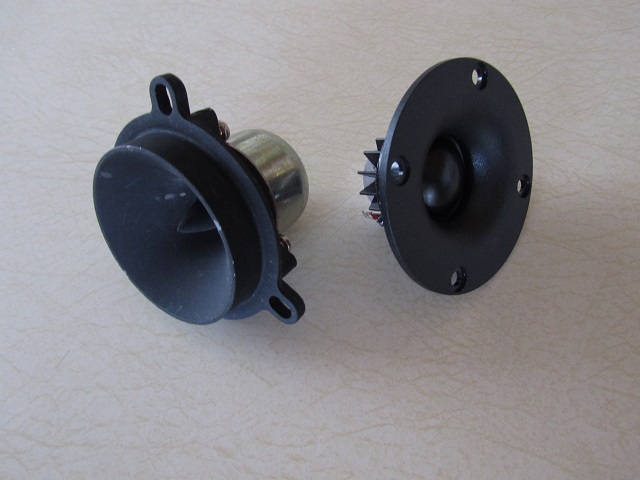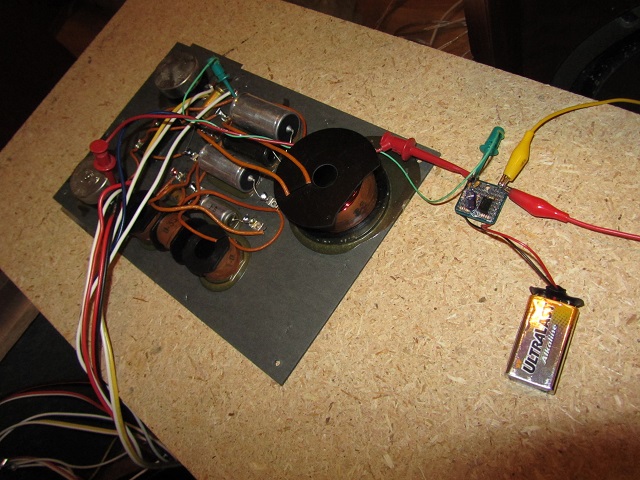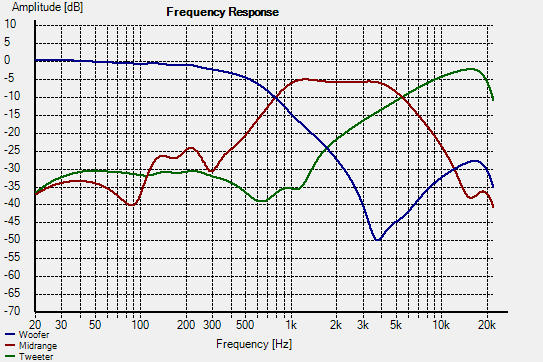I've heard Magneplanars, and loved the sound. They take a lot of power. Not SET friendly at all. If they were, I'd buy a pair in a heartbeat. SET amps do limit the speaker options considerably. They must be very efficient, preferably horns.
So many comments since I last checked in! I'll try this w/o all the tedious multi-quoting, hope I get it right:
Keim - I'm impressed with that set-up. I planned for so long to build my own speakers, but the 1.6 Maggies finally came along at a price/performance level I just could not pass up. But I kind of regret not doing it.
The Maggies are not high efficiency speakers, so they probably would not mate well with an SET. I recall the SETs were talked about quite a bit when I was reading Stereophile. I'd probably really love an SET with the right speakers for listening to string quartets, or other 'non-bombastic' acoustic stuff.
Mr Paul - I gotta agree with ejman, never heard anyone refer to Dunlavy as 'mid-range'! A friend has them and they are impressive. He likes my Maggies, but always has to kid me that I'm missing the bottom octave (and he's right).
NW-B - Speaker measurements are tedious, crossovers interact with the speaker and that's tedious. I held out a long, long time before getting the Maggies - every time I listened to speakers, I just got confused. These sound different, these sound different - but which sound 'better'? And in no time, my ears would adjust to the sound of one, and I'd get frustrated into analysis paralysis. I think I'd go nuts trying to evaluate crossover changes. What made it easy to buy the Maggies was, it had been so long, the reviews were fantastic for the price range, and I loved the open sound. Being a non-conventional sort, I think I really was drawn to them being different. It's kind of fun to show people that there is nothing behind them just ~ 1" thick, and explain the sound radiates from the entire surface.
You were mentioning the tone controls and other things affecting the flatness of the amp. I feel that one of the biggest improvements to my system was bypassing the pre-amp (OK, an NAD receiver I used as a pre-amp), and going straight to a dedicated power amp from the DAC driven by a netbook and external HDD. My DAC (a NuForce ~ $120?) has a volume control. Maybe I'm fooling myself, but eliminating that stage just seemed to make everything solid and clean. I love the simplicity. If I really need it, I guess I can do balance and tone controls from the computer, but I never bothered.
DFW_M5 & ejman - I bet that Revox has great sound! /1/4" tape at high speed has lots of capability. But if you are OK with CD resolution, I suppose an ADC and DAC and computer really is a more practical solution.
I just got done digitizing some old cassettes. Some of these are from the 80's when I has a Fostex 4-track cassette recorder to do over dubs, and a small recording setup in a spare room. When I compare that to what you can do with a computer, an ADC and Audacity, it just doesn't compare! And my tape decks kept breaking down - I was down to one little Radio Shack player to get the last three tapes done. Once I've cleaned up and edited the digital files, and have everything backed up, I guess the old decks will go to recycling, and eventually the tapes to the trash. The end of an era!
-ERD50

